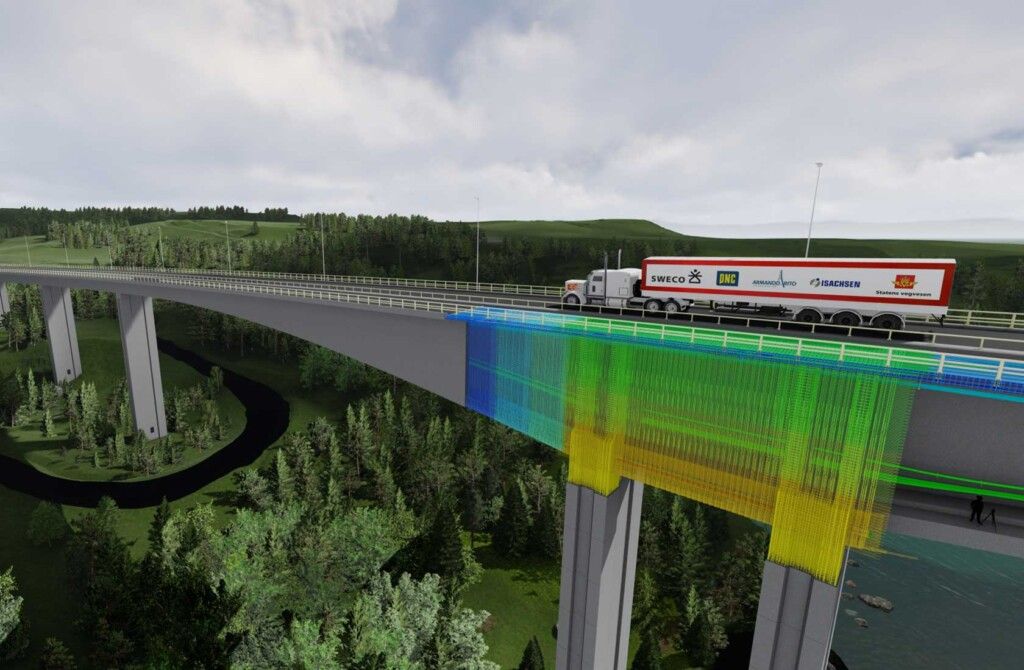Stephen Peters recently wrote about a project that has inspired him in an article in the AIQS Built Environment Economist Magazine. The article centres around BIM and shares an interesting relationship between BIM and its impacts on the industry’s wellbeing.
The Randselva Bridge project in Norway stands as an exceptional source of inspiration. This 634-meter cantilever concrete bridge had been constructed entirely through the use of BIM models with not a single drawing being produced, marking a ground breaking approach to digital advancement. Whilst BIM adoption varies globally, BIM mandates are becoming more common, and as quantity surveyors (QSs) we should be aware of the imminent possibility of BIM becoming mandated in Australia and New Zealand.
Traditionally, BIM models often lack QSspecific considerations and inputs, this poses many challenges for the QS and render the BIM models less useful. The Randselva Bridge project underscores the immense benefits achievable with full BIM utilisation. By embracing paperless design and construction, this project reaps numerous advantages.
The integration of object modelling and clash detection ensures a buildable design. A comprehensive 3D model enhances on-site and off-site work comprehension. Reinforcement details, meticulously coordinated with pour phases (over two hundred), streamline bar bending list extraction, reducing errors, and saving time.
The project excels in 4D (time) and 5D (cost) planning, facilitating flexibility through parametric design and enabling swift revisions.

Furthermore, cross-border collaboration thrives with the universality of BIM model information.
As QS professionals, active involvement in shaping modelling standards like ISO19650 is pivotal for ensuring models’ cost applicability. With the trend of fewer drawings, our readiness for this transformative shift lies in our ability to collaborate with designers to establish BIM protocols. Enhancing QS engagement with the design process and our ability to focus on keeping our projects on budget.
The appeal of digital transformation within the industry is multifaceted. Beyond the obvious technological advancements, it also addresses the pressing issue of industry workers’ sustainability and wellbeing.
Amidst increasing pressure on fees, costs and deliverables mixed in with shrinking timelines, the industry’s mental health crisis looms large. The construction sector presents distressing mental health statistics globally, with construction workers being at heightened risk.
In closing, the Randselva Bridge’s pioneering use of BIM underscores its transformative potential. Yet, the project is more than technological innovation; it’s a testament to the industry’s ability to address profound challenges.
By engaging in digital initiatives and reshaping our approach, we stand a chance to make construction not only more innovative but also more humane. After all, without a resilient workforce, there can be no monumental projects.
FURTHER INFORMATION:


